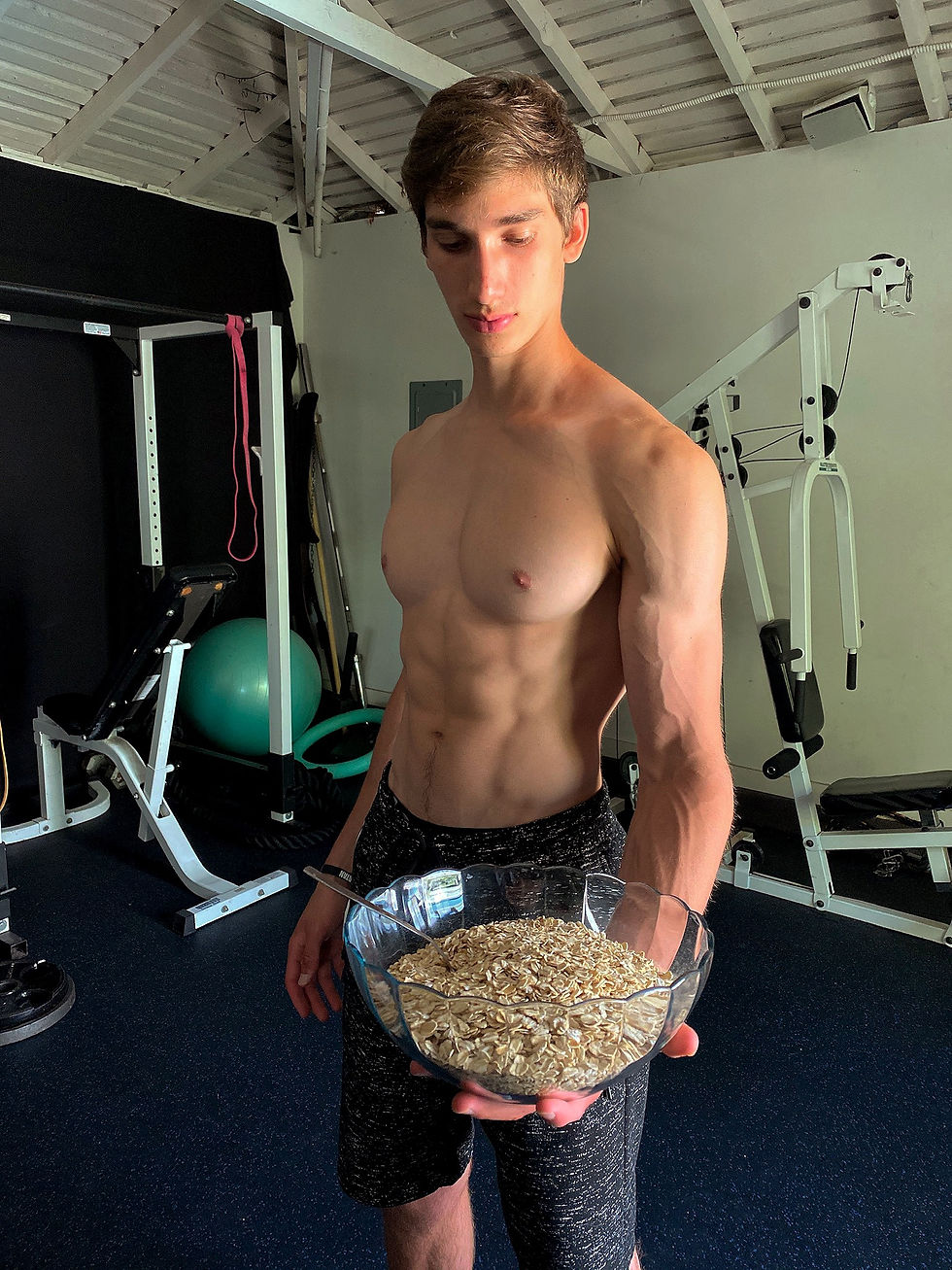How To Release Muscle Knots
- Jason

- Jul 4, 2020
- 3 min read
Updated: Jul 26, 2020
Muscle knots (also known as trigger points) are muscles that are constantly in a state of contraction or tightening. When muscles are overworked, strained or injured, the muscles around them tighten to create a hardened shell which prevents further damage and influences a healing process. So a muscle knot is basically a muscle tightening itself to form that shell. This can result in limited range of motion, discomfort, pain and tightness. Muscle knots may feel swollen, tense or bumpy and when pressed on the pain can spread to other muscles nearby.
Common causes of muscle knots include:
bad posture
dehydration
sleep deprivation
unhealthy eating habits
overusing or injuring your muscles
repetitive movements or activities
sleeping in an awkward position
inactivity such as sitting for a prolonged period of time

Muscle knots can occur in any part of the body but are most commonly found in the:
Neck
Back
Shoulders (Trapezius Muscle)
Hips
Gluteal Muscles
Calf Muscles

Additional symptoms of muscle knots include:
jaw pain
lower back pain
headaches
For example when pressure is applied to a trigger point in the Trapezius at the top of your shoulders it can cause pain up your neck and head leading to a headache.
Treatment
Treating muscle knots may take some time. The goal when treating the knots is to break up the knotted tissue, relax the muscles and nerves. Below are a few ways you can a achieve this goal.
Stretching
Lengthening your muscles can help blood circulation while releasing tension in your body. In order to maximize the benefits of stretching hold a stretch for at least 30 seconds and slowly release.

Hot and Cold Therapy
A combination of both hot and cold can aid the inflammation caused by the knots. Cold therapy or applying a cold compress to a tight spot helps constrict the blood vessels, which reduces swelling. Applying heat relaxes the muscles and increases blood flow which promotes healing. For maximal results alternate between applying cold and hot therapy to the tight muscles.

Self Myofascial Release
Self Myofacial Release (SMR) is to apply pressure on the knot causing the tight muscle to loosen up. One way to perform SMR is with a foam roller. Lay down on the roller with the tender spot pressed against it for 30 second to 1 minute. When about 50-75 percent of the tenderness is reduced, rolling around on that spot should aid the breakdown of the knot. This method can also be done using a lacrosse ball, tennis ball etc.

Massage Therapy
Massage therapy involves manipulating soft tissue in the body by applying fixed or movable pressure, holding, and moving muscles or body tissues. This form of therapy increases the blood circulation, which can loosen up your muscles leading to less pain and stiffness.

Exercise
Aerobic exercises may help relieve muscle knots. For example if you have knots in your shoulders and neck swimming is one way to stretch and loosen up those muscles while increasing blood flow in your body.

How To Prevent Muscle Knots
Always practice good posture, keep your shoulders back and try not to slouch.
Warm up and cool down appropriately before and after exercising.
Don't overwork your muscles and get enough rest to safely recover from workouts.
Try not to sit down or be in a specific position for long periods of time.
Do simple stretches or movements throughout the day to prevent muscles from tightening up.
Exercise regularly to keep your body, blood and muscles moving.
Maintain a healthy diet and sure to get enough calcium, potassium and magnesium.
Stay hydrated!
To learn exercises and stretches that release muscle knots checkout my video below!



Comments